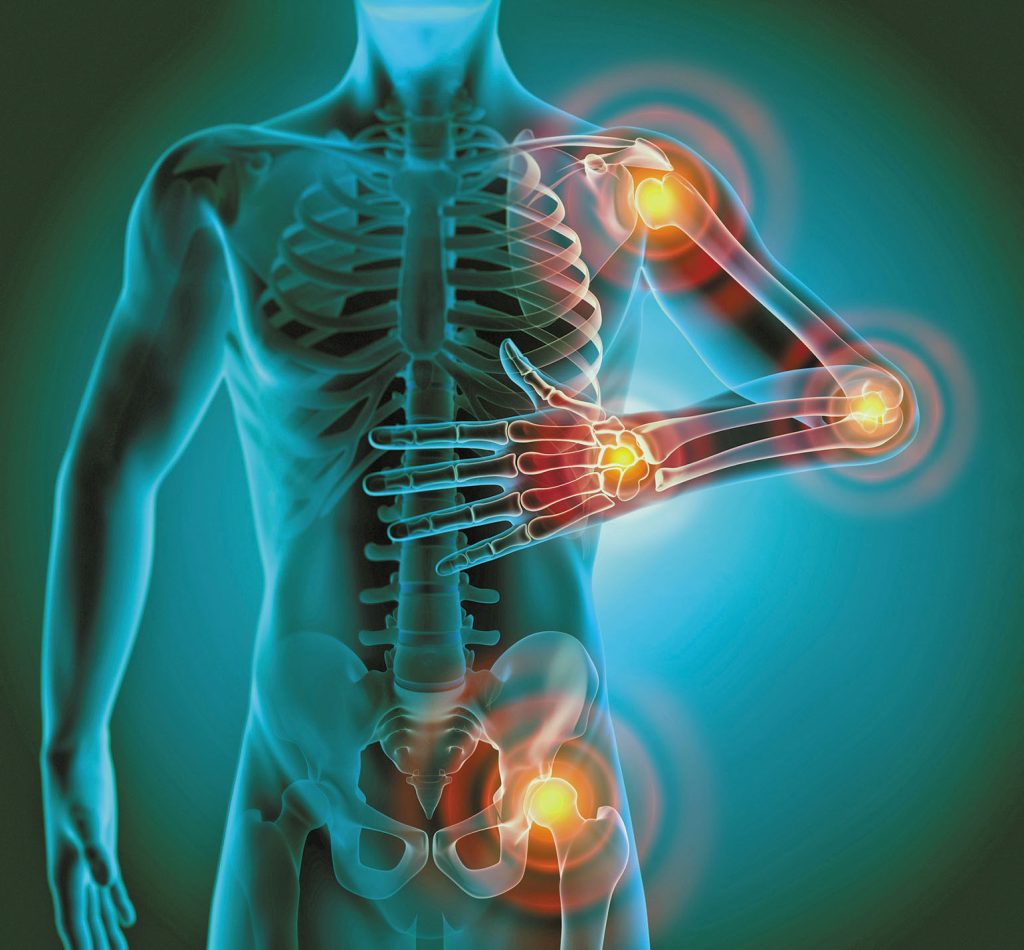What is inflammation
Understanding Inflammation: Causes, Symptoms, and Treatments
Inflammation is a natural and essential process in the human body, acting as a first line of defense against injury, infection, or harmful stimuli. While it plays a critical role in healing and recovery, inflammation can also become a source of chronic illness if not properly regulated. This article explores the nature of inflammation, its various forms, underlying causes, symptoms, and available treatment options.
What is Inflammation?
Inflammation is the body’s immune response to harmful stimuli such as pathogens, damaged cells, toxic compounds, or injury. It is characterized by redness, heat, swelling, pain, and loss of function in the affected tissues. These symptoms occur as the immune system increases blood flow to the damaged area, bringing white blood cells, nutrients, and other immune factors to promote healing.
There are two main types of inflammation:
Acute inflammation – A short-term response that usually resolves within a few days or weeks.
Chronic inflammation – A longer-lasting form that persists for months or years, often contributing to various diseases.
Causes of Inflammation
Inflammation can be triggered by a wide range of internal and external factors. Common causes include:
Infections – Bacterial, viral, fungal, or parasitic infections often result in acute inflammation.
Injuries – Cuts, burns, or other physical traumas prompt an inflammatory response as the body begins the healing process.
Toxins and pollutants – Exposure to environmental irritants like cigarette smoke, industrial chemicals, or air pollutants can provoke inflammation.
Autoimmune disorders – Conditions such as rheumatoid arthritis or lupus cause the immune system to attack healthy tissues, leading to chronic inflammation.
Chronic stress and poor diet – Lifestyle factors, including ongoing stress and consumption of processed foods, can contribute to systemic inflammation over time.
Obesity – Excess body fat, particularly visceral fat around the organs, is associated with the release of pro-inflammatory cytokines.
Acute vs. Chronic Inflammation
Acute inflammation is a protective and localized response. For example, if you cut your finger, it may become red, swollen, and warm to the touch — signs that your immune system is working to prevent infection and repair tissue.
In contrast, chronic inflammation is more insidious and can occur without visible symptoms. It plays a central role in many chronic diseases, including:
Heart disease
Type 2 diabetes
Alzheimer’s disease
Cancer
Asthma
Inflammatory bowel diseases (IBD) such as Crohn’s and ulcerative colitis
In these conditions, inflammation persists even when there is no immediate threat, causing damage to tissues and organs over time.
Symptoms of Inflammation
The symptoms of inflammation depend on whether it is acute or chronic and what part of the body is affected.
Common signs of acute inflammation include:
Redness
Swelling
Heat
Pain or tenderness
Loss of function in the affected area
Chronic inflammation may present more subtly, with symptoms such as:
Fatigue
Fever
Mouth sores
Abdominal pain
Chest pain
Joint pain or stiffness
Persistent low-level discomfort
In many cases, chronic inflammation is only identified through medical testing, including blood tests for markers like C-reactive protein (CRP) or erythrocyte sedimentation rate (ESR).
Diagnosing Inflammation
Doctors may use a combination of clinical evaluation, laboratory tests, and imaging to diagnose inflammation. Blood tests can reveal elevated levels of inflammatory markers, while imaging studies such as MRI, CT scans, or ultrasound may show swelling, tissue damage, or organ dysfunction.
In autoimmune or inflammatory diseases, more specific testing, such as antinuclear antibody (ANA) tests or rheumatoid factor (RF) tests, may be required.
Treating and Managing Inflammation
1. Medications
Nonsteroidal anti-inflammatory drugs (NSAIDs) like ibuprofen and naproxen reduce pain and swelling.
Corticosteroids such as prednisone are powerful anti-inflammatory agents used for more severe cases.
Disease-modifying antirheumatic drugs (DMARDs) and biologics are used to treat autoimmune diseases by targeting specific parts of the immune system.
Antibiotics or antivirals may be prescribed if an infection is the root cause.
2. Lifestyle Modifications
Long-term management of inflammation often includes lifestyle and dietary changes. These include:
Anti-inflammatory diet: Emphasizing fruits, vegetables, whole grains, fatty fish, nuts, seeds, and olive oil while avoiding processed foods, refined sugars, and trans fats.
Regular exercise: Physical activity helps reduce systemic inflammation and improve overall immune function.
Stress management: Techniques such as meditation, deep breathing, and yoga can help lower cortisol levels and inflammation.
Adequate sleep: Poor sleep is linked to higher levels of inflammatory markers.
3. Natural Remedies
Some individuals explore natural anti-inflammatory options, though their effectiveness can vary:
Turmeric/curcumin: Contains anti-inflammatory compounds that may help with joint pain and other inflammatory conditions.
Omega-3 fatty acids: Found in fish oil, omega-3s are known to reduce inflammation in the body.
Green tea: Rich in polyphenols that have anti-inflammatory and antioxidant properties.
Ginger: Another natural agent known for reducing inflammation and easing nausea or joint pain.
It’s important to discuss any supplements or alternative treatments with a healthcare provider to avoid interactions or side effects.
The Role of Inflammation in Disease
Chronic inflammation is increasingly recognized as a key driver of many modern illnesses. For instance, in cardiovascular disease, persistent inflammation contributes to plaque formation in the arteries. In cancer, inflammatory cells can support tumor growth and survival. Similarly, in neurodegenerative disorders like Alzheimer’s, brain inflammation is believed to play a role in the loss of cognitive function.
Because of its central role in so many diseases, reducing chronic inflammation is a major focus in preventive medicine and research.
Conclusion
Inflammation is a complex yet vital process that protects the body from harm. While acute inflammation is necessary for healing, chronic inflammation can silently damage tissues and lead to serious health conditions. Understanding the causes and symptoms of inflammation — and taking steps to manage it through medication, diet, and lifestyle — is crucial for long-term health.
Whether you’re dealing with an injury, an autoimmune condition, or simply want to reduce your risk of chronic disease, managing inflammation is a proactive step toward better well-being.

